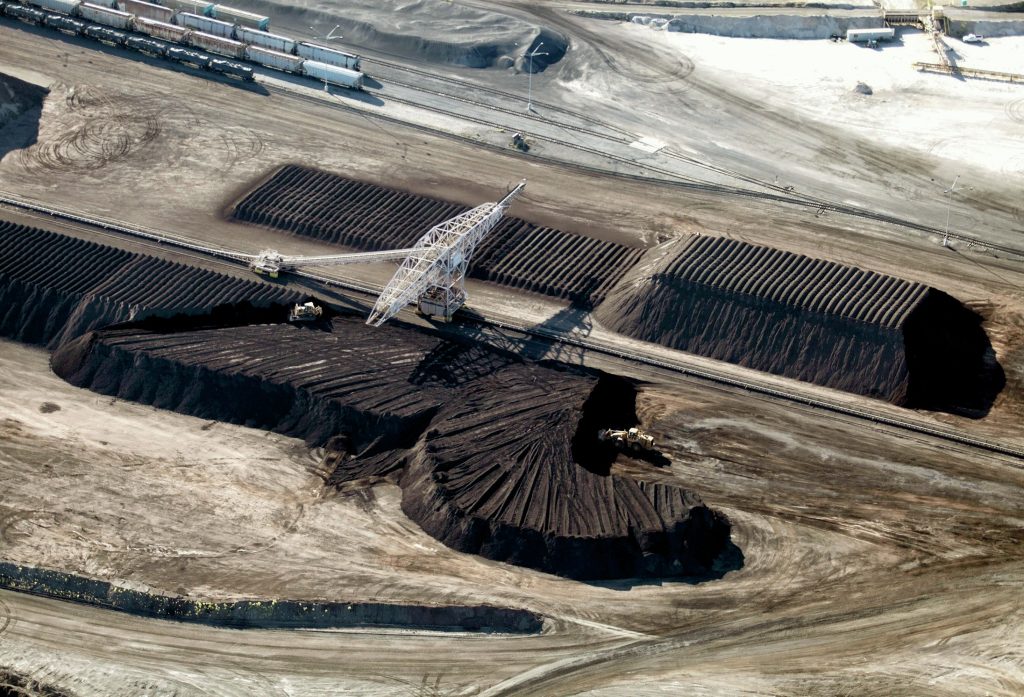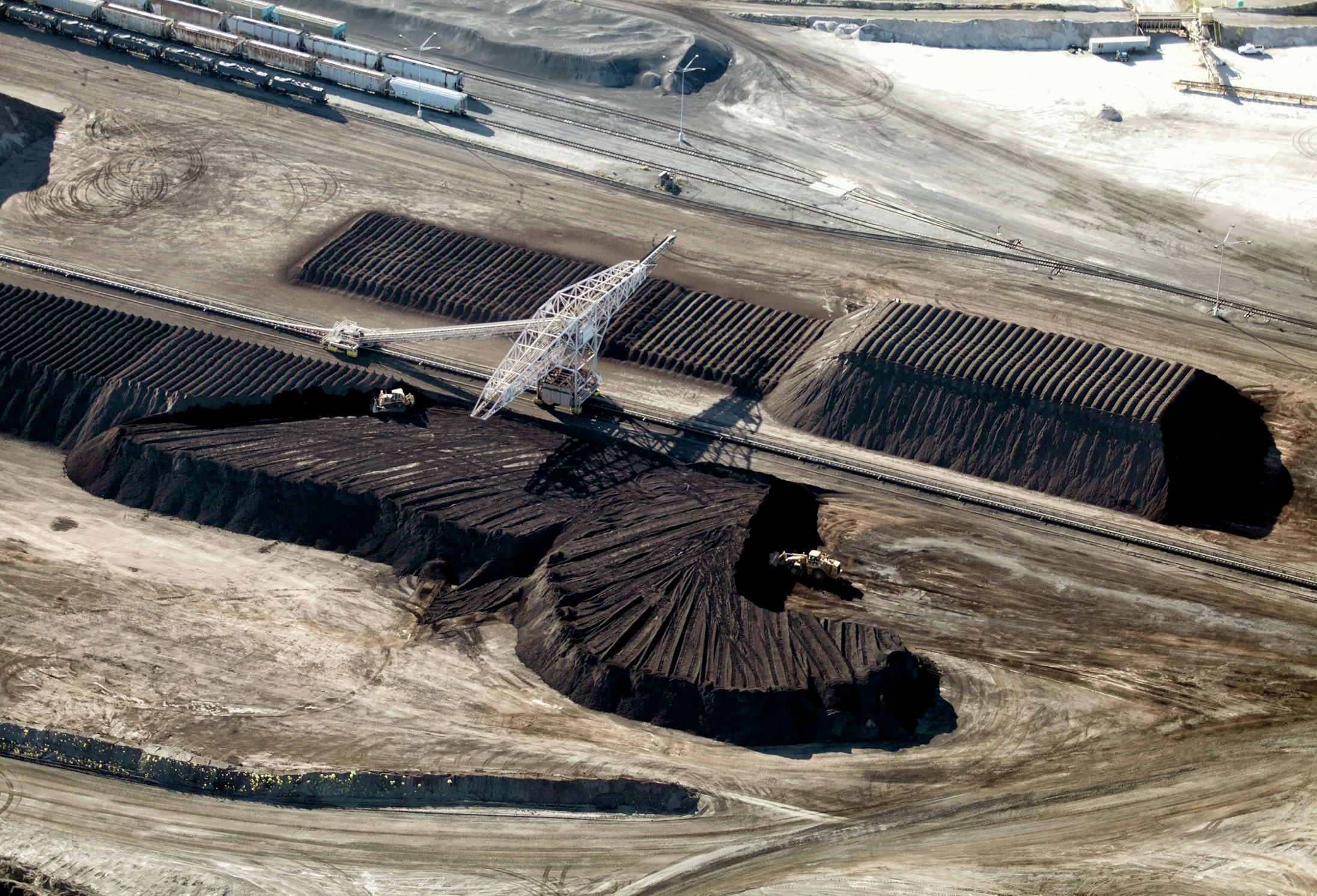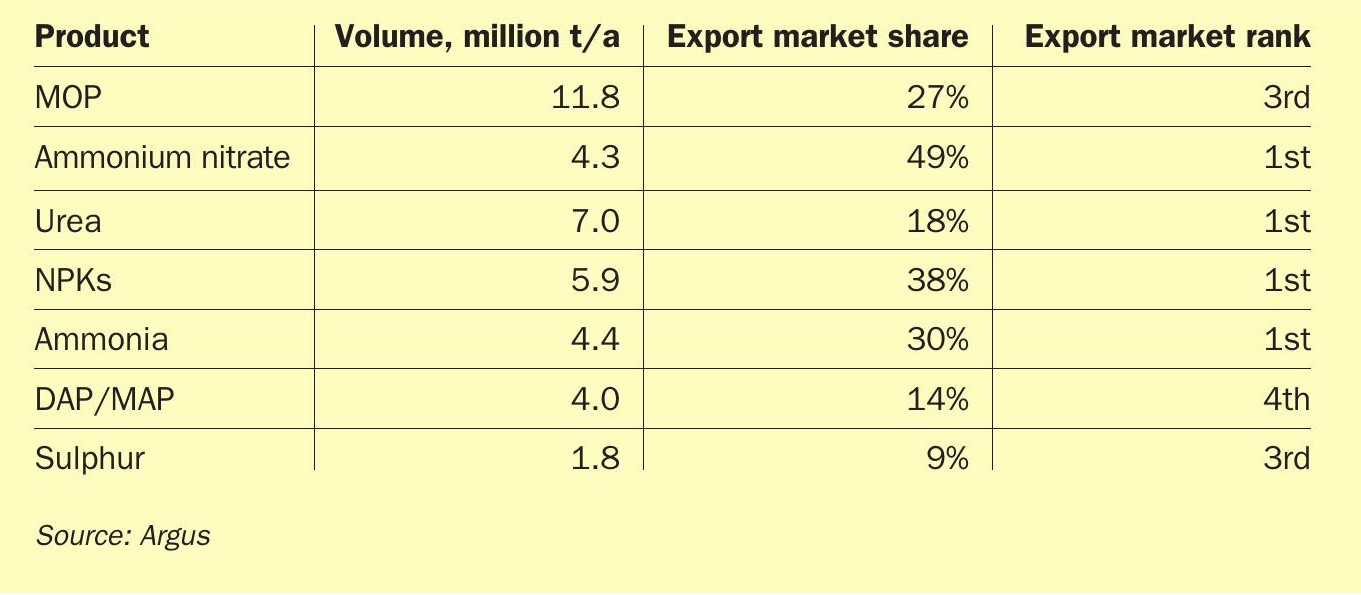Sulphur 404 Jan-Feb 2023

31 January 2023
The impact of Ukraine on sulphur markets
SULPHUR MARKETS
The impact of Ukraine on sulphur markets
Last year saw global trade in all commodities have to take into account the potential loss of supply from Russia, a key exporter of many commodities. Sulphur was no exception, with prices swinging wildly across the year.

We are now approaching the first anniversary of president Putin’s ‘special military operation’ in Ukraine. Though the front lines have moved back and forth, there seems no immediate prospect of any end to the terrible fighting, and the likelihood for 2023 is more of what we saw in 2022. The immediate impact was a price rise in all major commodities supplied by Russia on anticipation of future shortages. Because of its importance to farmers globally, there have been no sanctions on food exports or fertilizer itself, although the US has created a licensing scheme for fertilizer imports from
Russia, and the EU introduced a quota for potash and NPK imports from Russia in July 2022. However, the impact of financial sanctions and Russian companies’ consequent inability to access the global SWIFT payments system means that purchases have become more difficult and complicated, and some shipping companies have suspended routes to and from Russia.
Russia has also been restricting exports of fertilizer and agricultural products through export taxes, licensing requirements, and actual bans. Russia put export licensing requirements in place in 2021 for nitrogen-based fertilizers (including NPKs). It has also been unable to export ammonia via the Togliatti pipeline across Ukraine to Odessa.

Fertilizer markets
Fertilizer markets had already been suffering from supply disruptions that had followed the covid pandemic, and prices were already high going into 2022. The invasion of Ukraine and the sanctions and trade disruptions that followed merely pushed prices even higher. As Table 1 shows, Russia was the leading exporter of many key fertilizers in 2021, and the third largest exporter of sulphur.
Potash markets had the greatest potential to be affected; just under one third of global potash production is accounted for by Russia and Belarus, and the two countries represented around 40% of total potash exports in 2021. Belaruskali relied on exports via the Baltic Sea, with 85% of its exports using that route, and losing access to the Lithuanian rail network meant this could no longer be exported that way. Although producers such as Nutrien, Mosaic, and K+S have announced potash capacity additions, there is a long lead time for new supply and the market remains very tight.
In the event, it is nitrogen markets that have been worst affected, with supplies of natural gas from Russia to Europe being drastically reduced, pushing up gas prices in Europe and severely curtailing ammonia and downstream nitrogen production. European gas prices had already been high in early 2022 because of a cold winter in 2021-22 and dislocation to renewable electricity supplies. This has had a knock-on effect on phosphate markets, crucial to sulphur demand, with high prices for ammonia affecting diammonium phosphate (DAP) production. Phosphate markets have also faced reduced supply from China, which normally supplies around 25% of all internationally traded phosphate. China has extended quotas on phosphate exports to try and keep control of domestic prices and supply to its own farmers. The country has faced reduced MAP/DAP production due to high coal prices curtailing domestic ammonia production. Overall, China’s exports in 2022 were down about 60% on 2021. In the longer term, this reduction will be offset by additional production elsewhere. OCP in Morocco is adding 3 million t/a of MAP/ DAP capacity over the 2022-23 period, and in Saudi Arabia the Ma’aden Phosphate 3 expansion project will be fully operational in 2025. Mosaic also has some scope to increase operating rates in Florida. Nevertheless, it has had a major impact on phosphate demand. The International Fertilizer Association (IFA) says that global fertilizer use declined 2.4% in 2021-2022 due to affordability issues, changes in crop mixes, and the war in Ukraine, with phosphate demand in particular falling more than 4%, and IFA estimates that the figure for 2022-23 will be another fall of 5%. This will have a knock-on effect on food production, especially the fall in nitrogen demand. The effect may not be so pronounced for phosphate and potash, which can tolerate a year of under-application, but nitrogen, the key building block for plants, remains crucial and yields will fall in its absence.
Sulphur
As Table 1 shows, Russia was also a significant sulphur exporter prior to the conflict. Russian sulphur exports totaled 1.8 million tonnes in 2021. This was actually significantly down from the usual figure of over 3 million t/a – Russian exports in 2020 were around 3.6 million tonnes. The fall in 2021 was due to an increase in demand within Russia for sulphur for phosphate production, as well as a dip in production. Even so, a loss of 1.8 million t/a could cause major disruption to the market and fears of this helped drive prices higher in the first half of 2022. At the time that the conflict began, there was also concern that exports from Kazakhstan might be affected. Kazakhstan exported 3.9 million t/a of sulphur in 2021, and more than 90% of that was taken via rail through Russia. However, as the year progressed, it became clear that sulphur was still being exported normally from Kazakhstan, and that Russian exports had not been as badly affected as feared, and this helped the relaxation in sulphur markets in the second half of 2022.
Sulphur prices rose throughout the first half of 2022, with Middle Eastern f.o.b. prices reaching $470-480/t. However, the second half of the year saw an equally rapid fall, with the high prices causing demand destruction and contraction in demand from the phosphate industry. Indeed Middle East prices dropped by almost $400/t, and bottomed out around $100/t at the end of 2022, lower than they had been going into the year. Though prices have risen slightly since then, a full recovery awaits an upturn in the phosphate industry. Support has mainly come from the metals sector, with record prices for nickel driving demand for sulphur to feed HPAL projects in Indonesia.
In August, Russia imposed a quota on the export of sulphur. The quota ran from August 10th to December 31st, and set an export ceiling of 1.1 million tonnes. The quota did not apply to sulphur produced outside of the Eurasian Economic Union (Russia plus Armenia, Belarus, Kazakhstan and Kyrgyzstan) prior to August 10th, or for which there was an existing order for delivery by ship or which had been accepted by Russian Railways for transportation. Furthermore, sulphur exported to the Donetsk and Lugansk People’s Republics, Abkhazia and South Ossetia were also not subject to the quotas. The decree which initiated the quota also fixed maximum prices for sulphur supplied to Russian fertilizer producers at a level no higher than the average f.o.b. prices from May-July 2021. This follows the same model of an existing price cap on mineral fertilizers.
New sanctions
However, new sanctions are still being progressively imposed. In December the UK and EU imposed a ban import of a variety of materials and equipment from Russia and Belarus, including machinery for oil production and exploration; and the agreement also banned the purchase of several chemicals, including sulphur. So far, major buyers of Russian sulphur like Morocco are not part of the sanctions, however, nor are major importers of Russian fertilizer such as Brazil and India.
A price cap was also agreed on Russian oil in early December by the G7 group of nations, plus Australia and the EU. The cap prohibits countries from paying more than $60/bbl for Russian oil. In response, Russia has now said its oil and oil products will not be sold to anyone imposing the price cap for five months from 1st February until 1st July. Furthermore, in February, the EU will ban the purchase of oil and petrochemical products from Russia. This could have a significant impact on diesel markets. Previously Russia had been a major supplier of diesel for Europe, whose refineries tend to produce more gasoline than the continent requires (with a surplus going to the US) and less diesel. Europe had been importing 2.5 million tonnes of diesel per month. There is some slack for European refiners to raise crude runs to compensate, but this will also lead to further surpluses for gasoline and other products and consequent price falls – winter is historically a time of lower gasoline demand in Europe.
Higher crude runs could mean higher sulphur production from European refineries, but the ban on purchases of Russian crude will be problematic for some of Europe’s refiners. PCK at Schwedt and Total at Leuna rely heavily on Russian crude imports, while the Priolo refinery in Sicily is owned by Russia’s Lukoil. All three face reduced capacity or even closure. High natural gas prices – thankfully now coming back down to normal levels – have also weighed heavily on the cost of producing hydrogen and hence operating hydrocrackers and hydrotreaters for sulphur removal.
Insurance
In another blow to trade from Russia, major insurance companies have said that they will cancel war risk coverage across Russia, Ukraine and Belarus from January, leaving cargo and freight companies liable for any losses linked to the ongoing conflict. At least 12 of the 13 Protection and Indemnity (P&I) clubs – which cover 90% of the world’s ocean-going ships, have said that they will no longer be able to provide coverage to clients because reinsurers were exiting the region as a result of financial losses. The cancellations mean it will be harder for ship owners or charterers to secure insurance this year, resulting in higher prices and some shipping firms either deciding to avoid the region or even sail without coverage. In response, the Japanese government has asked insurers to take on additional risks to ensure LNG can be shipped from Russia, particularly the Sakhalin project in eastern Siberia, which supplies 9% of Japan’s LNG imports.
Phosphate demand still key
The direction of sulphur markets in 2023 will depend crucially upon demand from the processed phosphates sector, which remains the largest slice of sulphur demand. One major issue remains China’s system of inspection certificates and export quotas, which have seen phosphate exports fall by around 45% in 2022. On the other hand, a relatively mild winter so far in Europe has seen natural gas prices fall to the (admittedly high) levels that prevailed prior to the invasion of Ukraine, which has benefitted nitrogen markets and hence DAP producers. So far this does not seem to have impacted upon sulphur import demand in countries such as Morocco, but it may do so as the year progresses. Likewise the falling sulphur price has helped DAP producers and may rescue demand somewhat.
Chinese domestic phosphate production will also be the key to Chinese imports of sulphur this year. China’s domestic production of sulphur has been rising steadily over recent years due to new refinery construction and rising sour gas production. Two large new refineries started up at the end of 2022 at Lianyungang and Jieyang with a combined sulphur capacity of 1.4 million t/a, and these will be ramping up production throughout 2023. The relaxation of covid restrictions in China, which had been a severe brake upon the Chinese economy, is expected to see gasoline demand rise as people return to driving more, increasing refinery run rates in China. China imported 8.5 million t/a of sulphur in 2021 and an estimated 7.4 million t/a in 2022. Recent figures from Argus predict the 2023 figure to reach 7.8 million t/a this year, but much depends on phosphate export quotas.
The sulphur market also faces increased supply from the Middle East, with the continuing ramp up of the new refineries at Al Zour in Kuwait and Jizan in Saudi Arabia. Higher run rates at refineries in Europe and the US to make up for loss of oil and petrochemical supply from Russia will also boost sulphur output, though this of course offsets reduced sulphur supply from Russia. Russia exported only 1.1 million t/a of sulphur in 2022, and the figure for 2023 is likely to be similarly low.
As global GDP recovers, led by a recovery in China, demand for sulphuric acid and hence sulphur for industrial uses will also rise. There is also continuing expansion in the metals processing sector. Indonesia’s imports of sulphur for HPAL processing of nickel is increasing, and may reach 2 million t/a this year.
Overall, sulphur demand growth is expected to rise in 2023, probably more than offsetting increases in supply. But the outlook remains clouded by international sanctions, logistic issues, the rebalancing of global trade flows, and export restrictions, to name a few, and volatile prices are likely over the coming months.






